If atoms never touch and are always moving, and atoms are everything, then we never actually touch anything.
Meaning we are always floating because atoms float near each other.
This line of curiosity and hypothesis started to grow questions in other students.
Violet asked, “How do things move?”
Travis asked, “Do electrons in atoms move at all?”
Te Pou stated,” Being stronger helps makes things move faster.”
Blake asked, “How do cars and planes move.”
We came up with so many wide-ranging scientific questions, we narrowed our exploration into exploring if we can change the distance covered by objects using a variety of movement principles.
We investigated tension and how the distance and number of connections between the blocks made it harder to exert force on the object.
I noticed that the green blocks that were closer together and had three rubber joiners between each block were the hardest to pull. We could only pull them 1-2 cm before they broke into pieces. The boys could pull it further, as we weren’t as concerned about breaking the blocks as the girls in our group.
Being able to record the different distances these blocks with different tension were able to be forced, and how hard it was to make them move made it obvious that I would want things to be further apart if I had to force it to stretch.
We hypothesised that more rubber bands would make the pom poms fly further.
We set off to test our hypothesis with controlled tests.
Starting with one rubber band and a wooden framed slingshot that were all the same length, we set off testing and recording our observations. Increasing the number of rubber bands and recording the distance the pom-poms moved enabled us to make conclusions against our hypothesis. Being okay with challenging our first thoughts and using evidence to make our findings valid.
One rubber band was the easiest to use as I could pull it back further, and it moved the pom pom 20 cms further than when we used six rubber bands.
Using two rubber bands helped make it stronger, as we kept pulling back too hard and snapping it when using only one rubber band. Although six made it too hard to pull back enough to make it move far.
Challenging each other to a shot off allowed us to test whether the ‘tester’ had any variance to the overall results.
Next challenge: to build a catapult to discover what features will cause the catapult to fling the pom pom the furthest.
We started off discussing what we usually use to launch objects.
Rulers and tables, place something on the end of the ruler that is hanging over the end of the table, pull the ruler back while holding it down on the table end and let the rubber end go, causing the rubber to fly across the table to your friend.
We can just throw it with the movement of our arms.
We create machines and inventions to move things.
We made our hypothesis that bending the spoon back with one rubber band will send the pom pom the furthest.
Now we had to design our models to test our hypothesis. This was a great engineering project with a wide variety of designs.
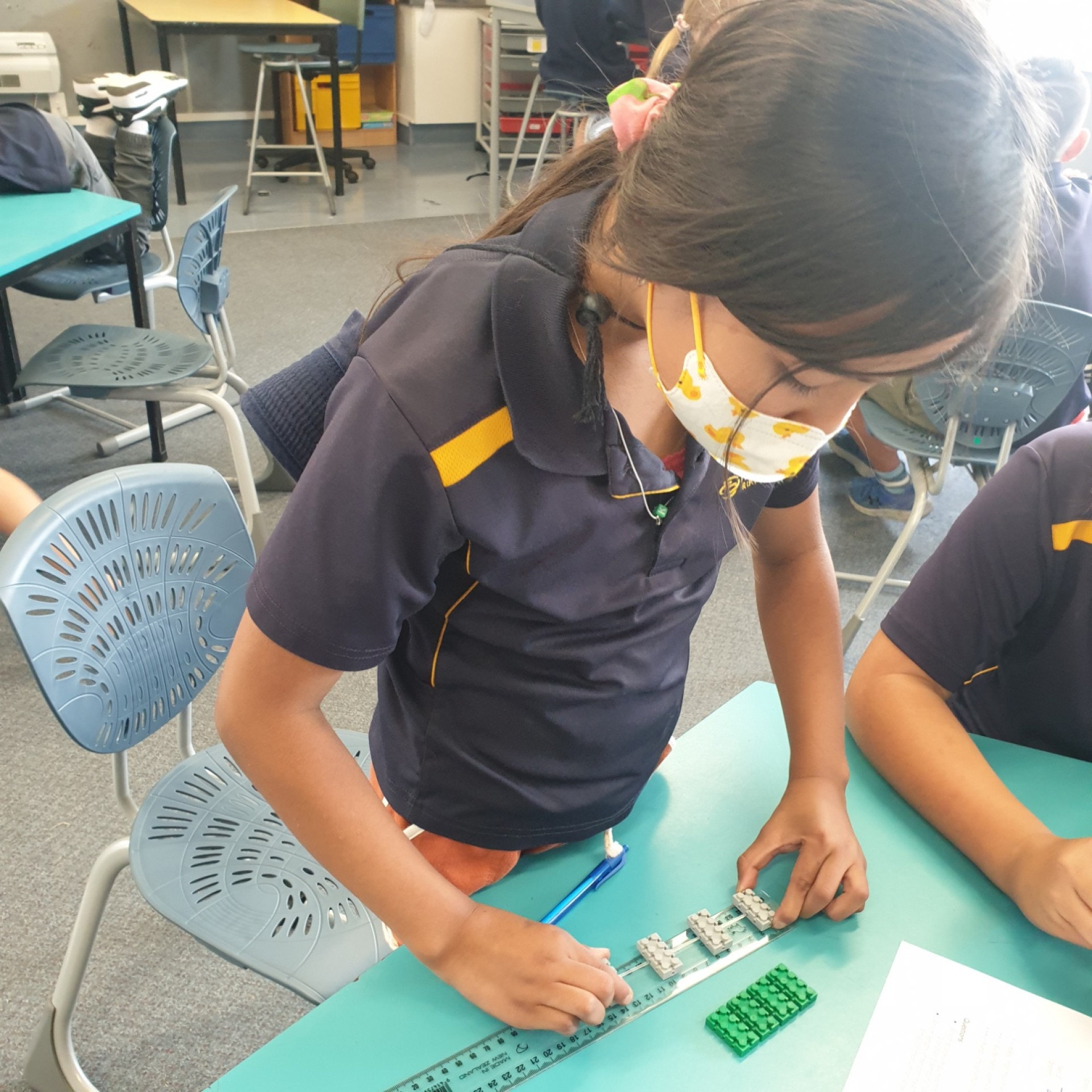
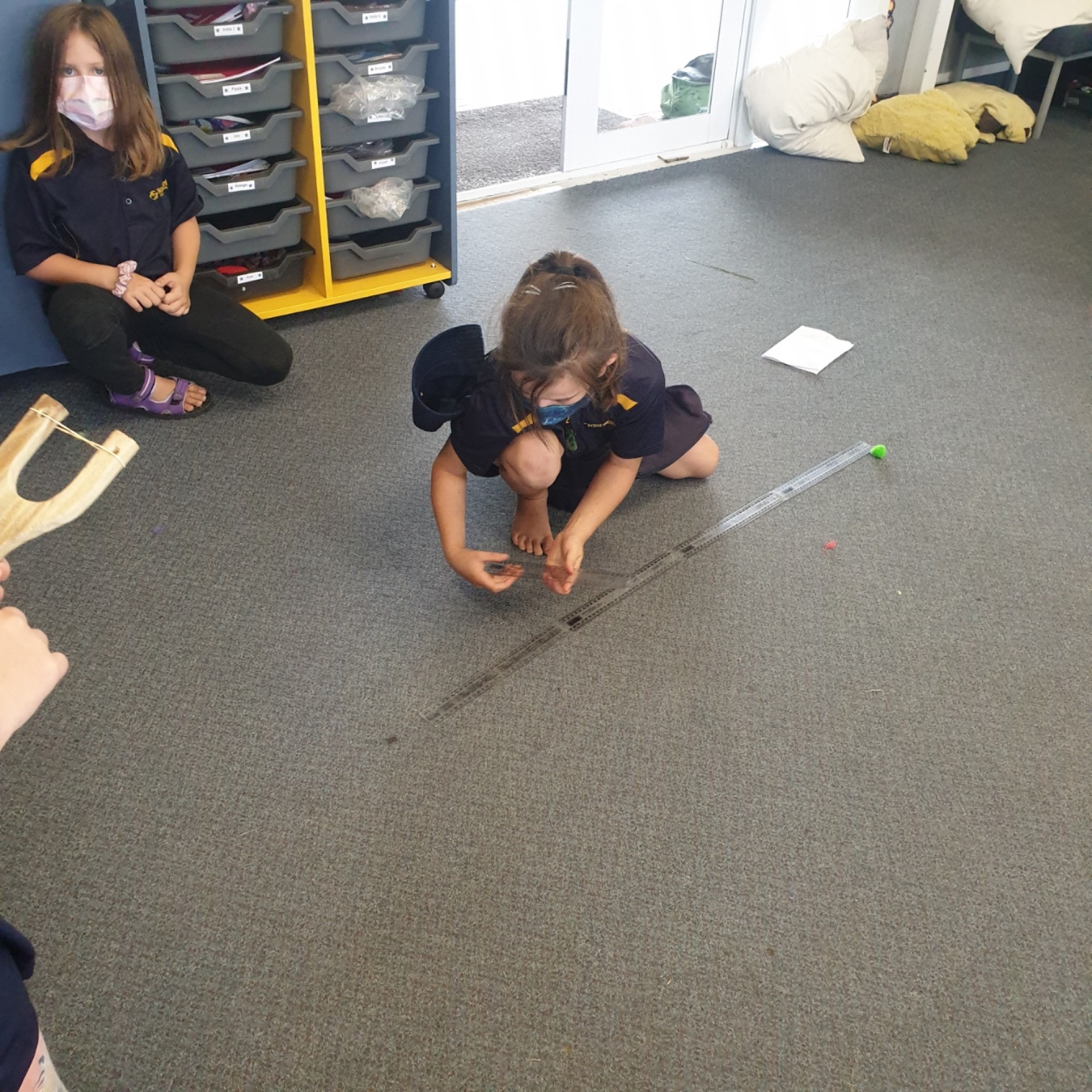
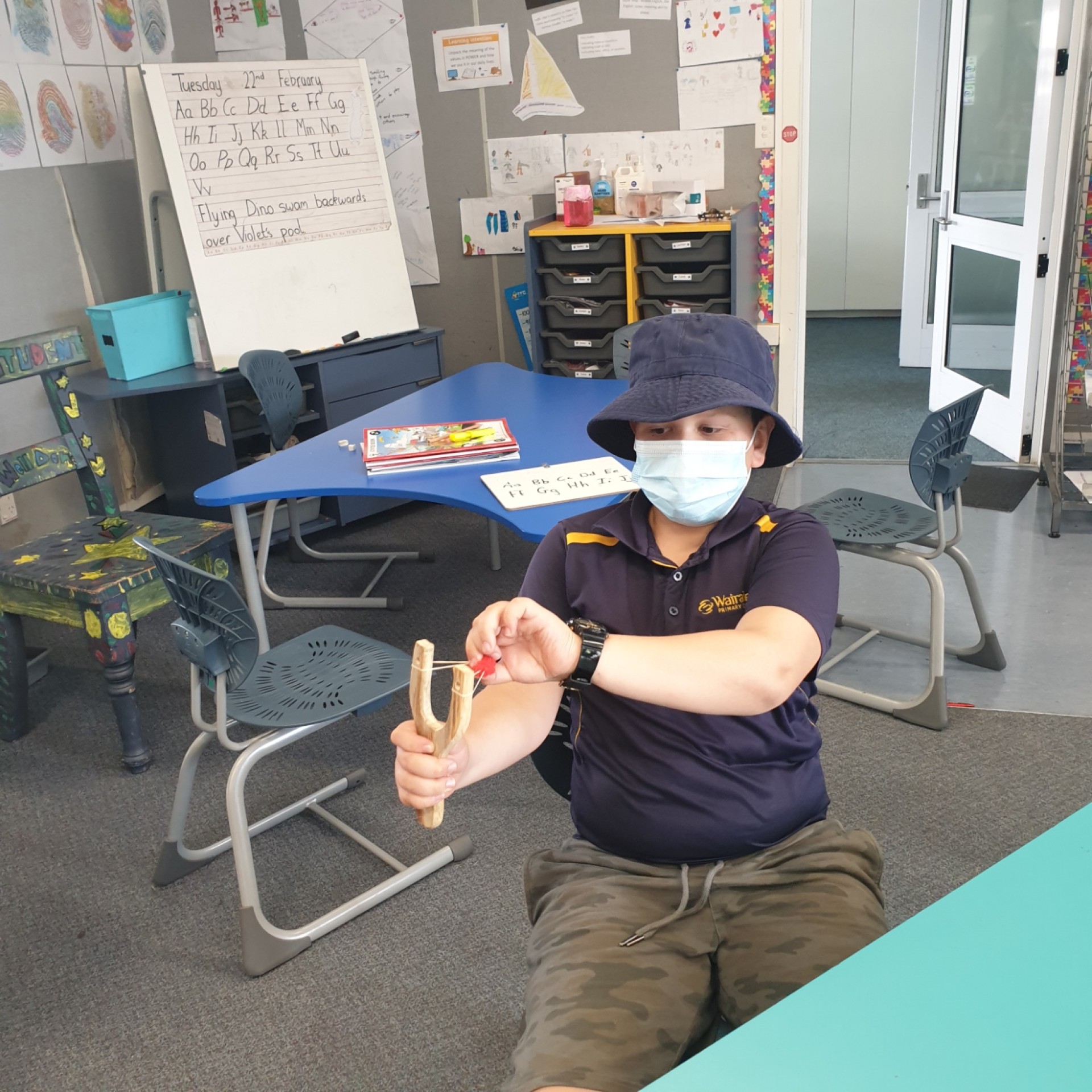
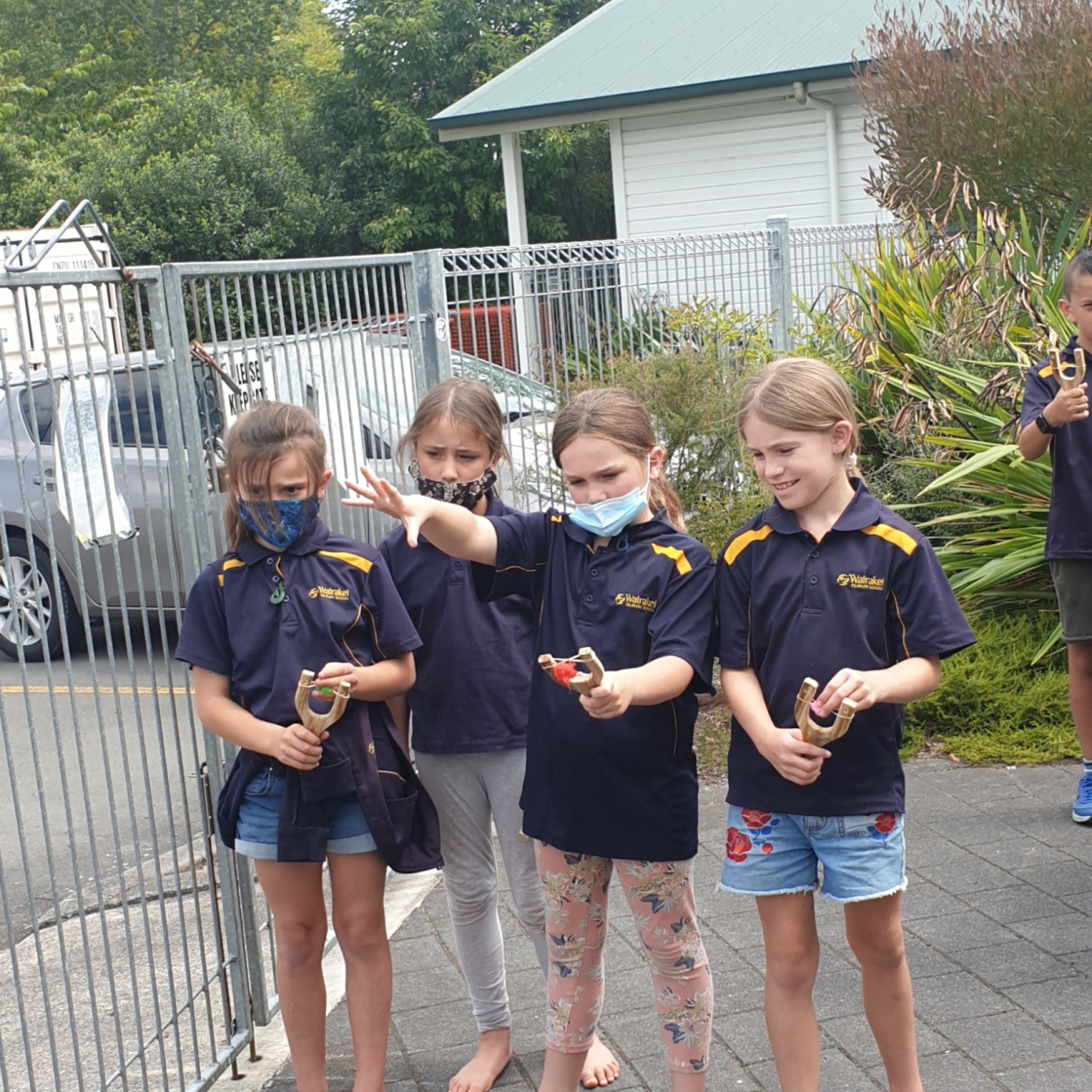
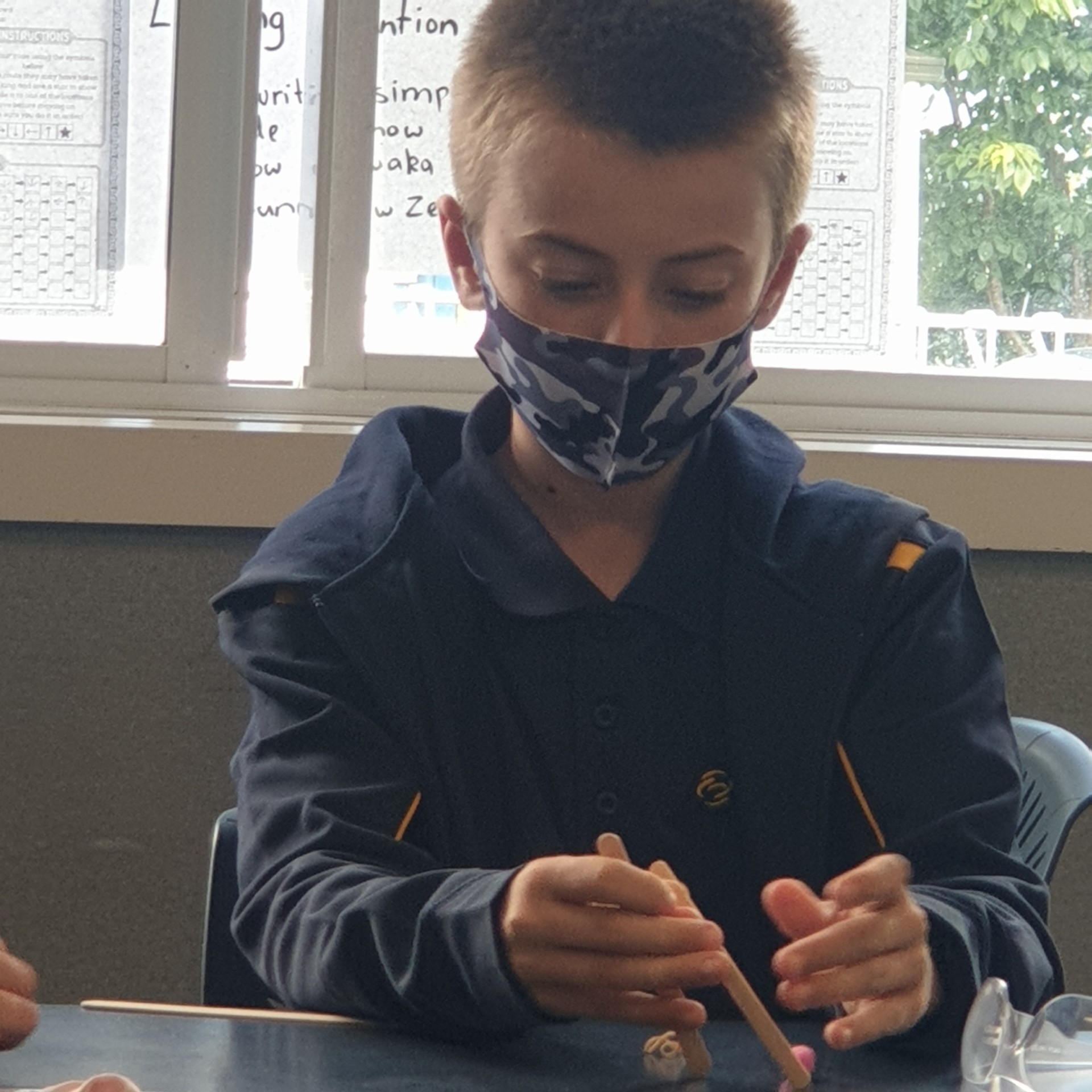
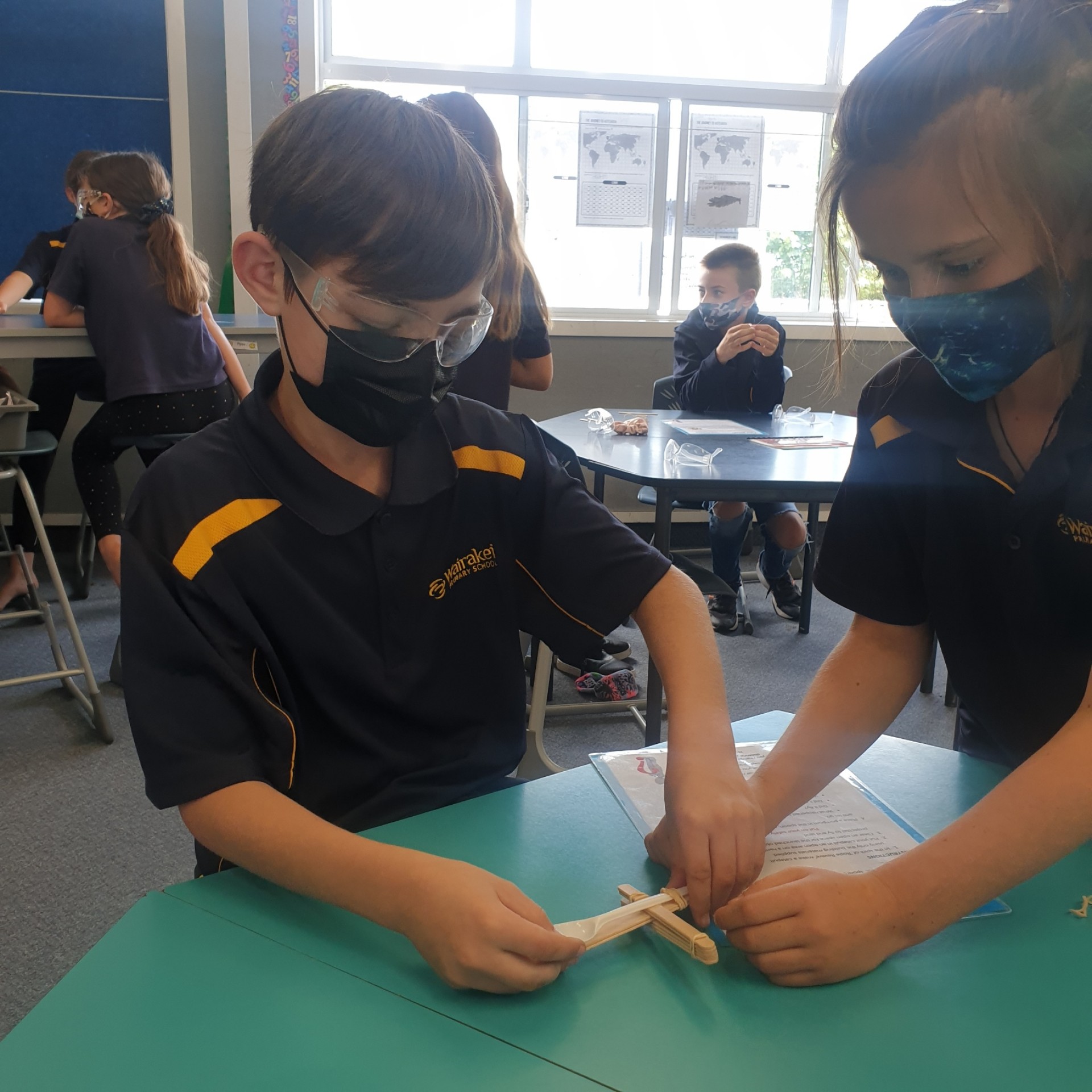
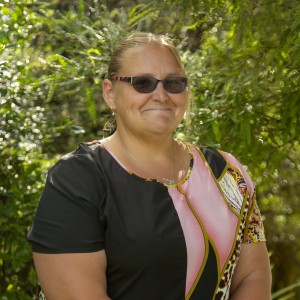

Comments are disabled for this post.